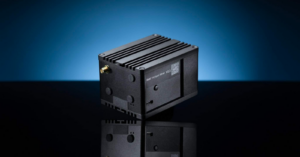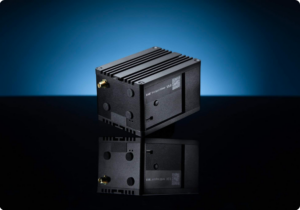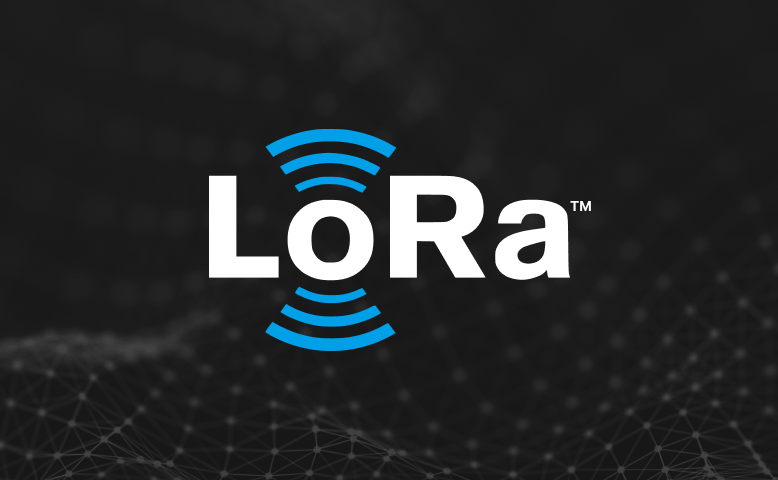
Learning how to mine Helium doesn’t take a lot of background knowledge. In fact, it’s one of the easiest ways to get involved in cryptocurrency mining, thanks to the accessible model of the Helium network. But wait, you say. What does that mean for me? How can I get started with mining today? To understand Emrit and the success of our recent work, it’s essential to have answers to those questions.
If you’re new to Blockchain technology as a whole, be sure to check out our other blogs on the topic. Though we’ll review some essential basics below, you should be familiar with the concept of a decentralized network and immutable ledger.
In today’s blog we will:
- Revisit the concept of cryptocurrency mining and proof of coverage
- Introduce the Helium IoT network
- Explain the role of Emrit and the CoolSpot in the expansion and growth of the Helium Network
Review: Cryptocurrency Mining & Consensus Mechanisms
Cryptocurrency miners use their computing power to participate in a blockchain’s consensus mechanism and are rewarded in digital currency.
The most common types of consensus mechanisms are proof of work and proof of stake. Both are versions of the same thing: a decentralized system of confirming and/or witnessing the validity of a transaction and thereby creating a new block in the blockchain. Witnessing or winning a “challenge” earns the node (and its owner) cryptocurrency.

The currency earned by participating in the Helium network is HNT. Before we jump into how you can start earning HNT, let’s get down to the details of what the Helium Network actually is and does.
Unlike many other blockchain networks, the Helium network is not based on proof of work or proof of stake. Instead, the access nodes challenge each other for proof of coverage. That’s because providing coverage is the essential function of the Helium network, the most exciting real-world blockchain project in the fast growing De-Wi (decentralized wireless) space.
The Helium Network
Helium is “The People’s Network.” Driven by the Helium blockchain and decentralized infrastructure in the form of helium hotspots, it provides low-power wireless network coverage to billions of devices that need a connection to transmit data between one another.
In its current form, the Helium network is an IoT network. IoT stands for Internet of Things and refers to the connectivity between non-human interfaces and devices. Helium hotspot miners interact with one another to provide widespread network coverage to an area.
 Devices that tap into the Helium network can relay device data: hotspots transmit data between one another in an immutable way, thanks to blockchain technology. That makes the Helium network an exceptional compliment to traditional centralized wireless networks.
Devices that tap into the Helium network can relay device data: hotspots transmit data between one another in an immutable way, thanks to blockchain technology. That makes the Helium network an exceptional compliment to traditional centralized wireless networks.
The good news is that nothing needs to change in established infrastructure to allow sensors, devices, or other solutions to tap into Helium’s “LongFi” network. A Blockchain-secured network is being built in the world around us at this very moment.
By operating a Helium hotspot, you automatically generate HNT tokens for successful activity performed by your mining device. That activity takes many forms: including participating in proof of coverage consensus mechanisms with local hotspots and witnessing nearby hotspots.
Helium miners have the easiest job in the world: mining helium is a passive activity, and could become extremely lucrative in the long run. Plus, a hotspot miner consumes negligible amounts of energy.
Why mine HNT? Because it’s easy and promises to keep increasing in value in the long run.
Why Helium?
Beyond its many functional uses, the Helium network also embodies the very best of what next-generation digital infrastructure can be. Governed by an open alliance and built on open-source technology, it makes use of already existing technology to reduce cost and raise efficiency in network coverage.
Blockchain technology demands a people-centered approach. With a network like Helium, centralized, profiteering cell coverage may soon be competitively challenged by a people-powered alternative. At Emrit, we are helping to drive that change.
Helium relies on distributed infrastructure. By connecting an access node to your power and home network, you provide coverage for the Helium network to your local area. Companies like Emrit work to get that infrastructure out to people – in a subsidized, profit-sharing way.
Emrit and the CoolSpot
Emrit is a distributed blockchain infrastructure company. We aim to build the physical infrastructure of the next generation of the internet, or Web3, all while creating income opportunities for consumers and businesses through cryptocurrency mining.
 Emrit has quickly become a leading builder of the Helium in the world. That amazing development has been fueled by our CoolSpot devices, which have reached Emritans around the world. The CoolSpot is an HNT miner (varying hotspot model) that plugs into your power (using only the equivalent energy of a 5W light bulb) and connects to your home broadband connection.
Emrit has quickly become a leading builder of the Helium in the world. That amazing development has been fueled by our CoolSpot devices, which have reached Emritans around the world. The CoolSpot is an HNT miner (varying hotspot model) that plugs into your power (using only the equivalent energy of a 5W light bulb) and connects to your home broadband connection.
Our pitch is simple: share the cost of an expensive miner with you, and split the HNT profits. Our goal is to lower the barrier of entry for new miners, and grow the network around the world. You’ll have access to the Emrit Helium wallet to store your crypto, and will begin hotspot mining at less than half the retail cost.
In the end, we all stand to gain from a profit-sharing collaboration. And Helium mining won’t remain our only significant infrastructure project: Emrit has many exciting plans for the future. Join our community and stay on top of exciting opportunities.
Helium Mining: The Potential of Decentralized Coverage
Helium mining is at the core of Emrit’s first phase of growth. That’s partly because our company goals coincide urgently with the infrastructure needs of a system like Helium. By getting subsidized hardware out to individuals all over the world, we are physically laying the groundwork for the expansion of the Helium network.
We are proud to contribute to the growth of the Helium network because it captures the very best of what blockchain technology can do: provide people-driven alternatives to profit-based, centralized networks.
And the Helium network continues to grow and evolve. The IoT compatibility points to further potential for decentralized coverage. Home networks could eventually be used to give coverage to human users as well. All that and more is what we could be working towards in the future.
In this blog, we:
- Reviewed the basic technological principles underlying cryptocurrency mining
- Introduced the Helium IoT Network
- Explained the role of Emrit and the CoolSpot in the successful growth of Helium
To get started on your own helium mining journey (and start earning HNT passively), explore our website and join the ranks of our global Emritans today! Together, we can capitalize on the opportunities of the next digital age.



